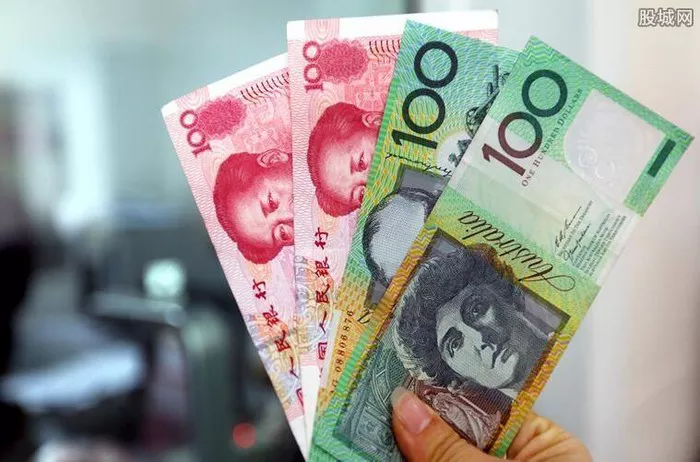In an increasingly interconnected world, currencies play a pivotal role in facilitating global trade and investment. The Australian dollar (AUD) has emerged as a prominent currency, gaining recognition for its stability, resilience, and the economic prowess of Australia as a nation. This article aims to delve into the various facets of the AUD and highlight its significance as a global currency.
1. Historical Background:
The Australian dollar has come a long way since its inception in 1966, replacing the Australian pound. Initially, it was pegged to the British pound, but in 1983, Australia adopted a floating exchange rate regime. This move allowed the AUD to fluctuate freely in response to market forces, making it more flexible and reflective of the nation’s economic performance.
2. Economic Factors:
Australia’s robust economy has been instrumental in establishing the AUD as a reputable currency. The country has enjoyed consistent economic growth over the years, supported by factors such as abundant natural resources, a strong agricultural sector, and a stable political environment. Australia’s economic stability, coupled with prudent fiscal and monetary policies, has attracted global investors, thereby bolstering the value of the AUD.
3. Trade and Investment:
Australia’s position as a major exporter of commodities like iron ore, coal, gold, and liquefied natural gas has contributed significantly to the demand for the AUD. The currency is closely tied to commodity prices, making it attractive for traders and investors seeking exposure to the global commodities market. Additionally, Australia’s well-regulated financial system, transparent governance, and low levels of corruption have made it an appealing destination for foreign direct investment (FDI), further strengthening the AUD’s standing.
4. Regional Influence:
The Australian dollar holds substantial influence within the Asia-Pacific region. With Australia being a key trading partner for many countries in the area, the AUD serves as a crucial currency for settlement of transactions. Moreover, the Australian Securities Exchange (ASX) is one of the largest stock exchanges in the Asia-Pacific region, attracting both regional and international investors and further contributing to the AUD’s prominence.
5. International Reserve Currency:
While the AUD is not currently considered a major reserve currency like the US dollar or the euro, it has gained traction as a minor reserve currency. Central banks and sovereign wealth funds have started diversifying their reserves by including the AUD due to its stability, liquidity, and Australia’s strong creditworthiness. This trend indicates growing international recognition of the AUD and highlights its importance beyond Australian borders.
6. Exchange Rate Dynamics:
As a floating currency, the AUD is subject to fluctuations in global foreign exchange markets. Factors such as interest rate differentials, economic indicators, geopolitical events, and market sentiment influence the value of the AUD against other currencies. These dynamic exchange rate movements can present challenges and opportunities for businesses engaged in international trade, as well as for investors looking to profit from currency fluctuations.
7. Future Outlook:
The future of the AUD as a global currency appears promising. Australia’s focus on innovation, technological advancements, and diversification of its economy positions it favorably in the evolving global landscape. However, external factors such as shifts in global trade patterns, geopolitical tensions, and international monetary policies will undoubtedly impact the trajectory of the AUD.
Conclusion:
The Australian dollar has emerged as a robust and influential currency in the global marketplace. Australia’s strong economy, extensive trade relationships, and regional significance have contributed to the growing recognition of the AUD. As the world becomes increasingly interconnected, the AUD plays a vital role in facilitating international trade, investment, and financial transactions. While challenges and uncertainties persist, the AUD’s resilience and stability make it an essential currency to watch in the coming years.


